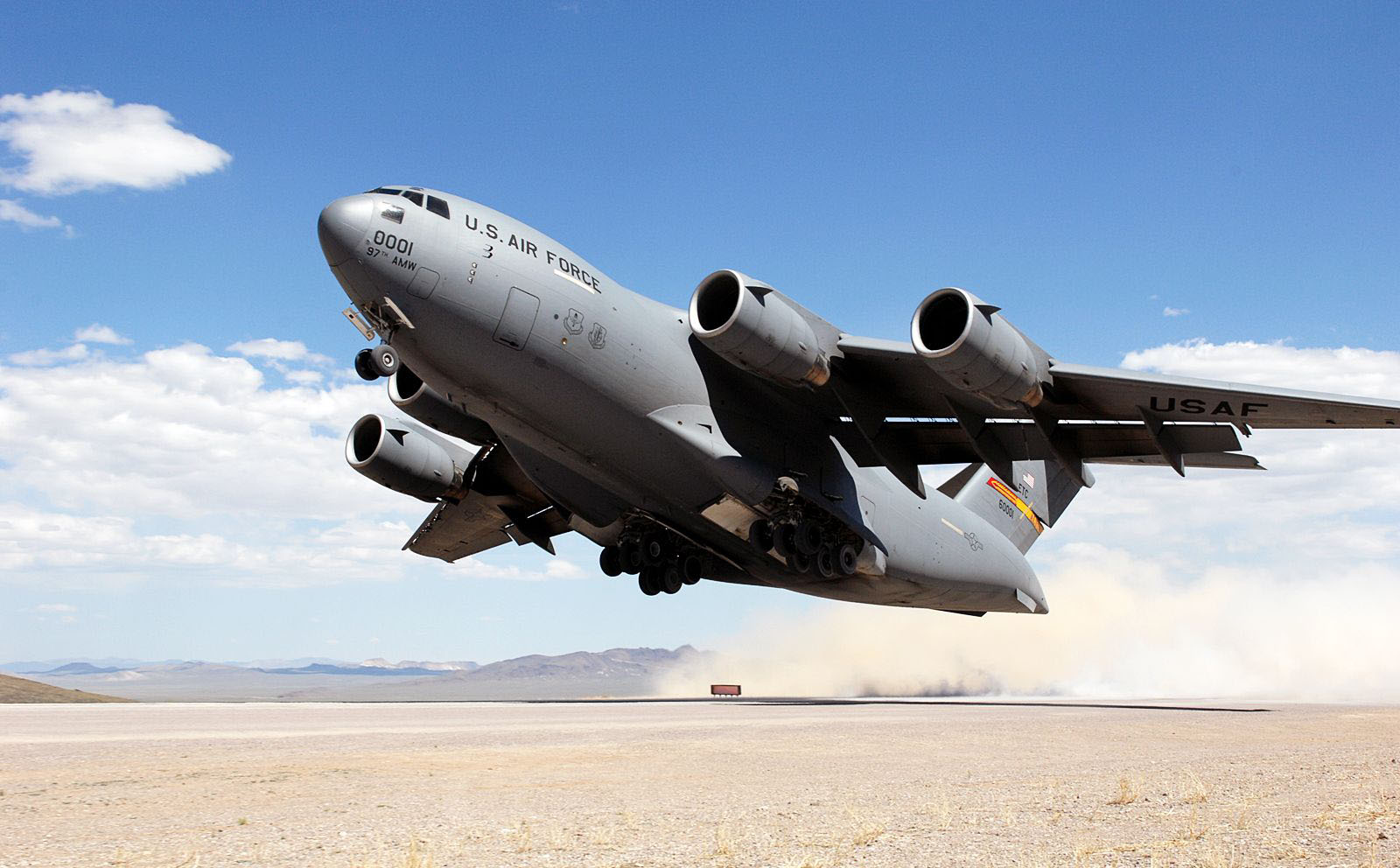As 2012 draws to a close it is time for a retrospective about the Asia Pacific's top five defence aerospace stories. This list is by no means exhaustive, and plenty more happened that is of great importance. I've selected the stories below owing to their industrial importance or strategic ramifications in the coming decade.
1) Hello World! The Chengdu J-20
China appearance of the J-20 in January took the world by surprise. First there were photographs, then videos. The day of the first flight Twitter served up endless details about goings on at Chengdu such as the setting up of chairs on a viewing platform. The J-20 subsequently conducted a year of test flights, many caught on amateur video.
Despite warnings from experts that the aircraft isn't likely to be deployed in significant numbers until 2020 or beyond, and valid doubts about the J-20's true stealthiness, this iconic aircraft instantly captured the aviation world's imagination.
It is, at the very least, the MiG-25 of our day. The J-20's existence will play a important role in future defence acquisition decisions in countries such as South Korea, Australia, and Singapore. Though stealth is not necessarily the best way to counter another stealthy aircraft, in the public's mind stealth is the magic ring of aerial warfare. This could be good news for programmes such as the F-35, the Indo-Russian fifth generation fighter aircraft (FGFA), and Japan's Shin Shin stealth demonstrator.

In June Delhi announced it would purchase 10 C-17s. Apparently the deal was supposed to be finalised during Barack Obama's visit to India in November 2010, and then many defence journos were expecting it at Aero India in February, but only in June was the news confirmed.
The $4.1 billion deal was the biggest ever US-India defence deal, partially making up for India's ignominious ousting of the F/A-18 E/F and F-16 Block 60 from the medium multi role combat aircraft (MMRCA) competition.
There is much talk that India could buy six more C-17s. Boeing and India have said the deal is only ten for now, but where there is smoke there is fire. The C-17 is imminently well suited to flying troops, vehicles, and supplies to airfields along the country's long Himalayan frontier.

3) Stealth at last: Japan buys the F-35
Having failed to get the F-22, Japan finally secured a stealth fighter in the eponymous form of the F-35.
(Side note: isn't it odd the USA won't trust its closest Pacific ally with the technology in the F-22, but is apparently comfortable losing its most advanced drone to the Iranians?)
It was a tough year for the F-35 in the USA and things in Asia were not much fun either. At Australia's Avalon air show in March the local defence journalists hammered F-35 execs with questions about programme delays and possible reductions in Australia's total planned order of 100. Later in the year Australia said it is indeed reviewing the F-35 programme, and could end up reducing the number of F-35s it buys in favour of more Super Hornets.
The late December win in Japan for 42 aircraft was thus a major boost for the F-35. A loss there would have been a major blow to the programme and hurt its chances in South Korea. If the F-35 is only a fraction as good in combat as it is at defying critics then it will be a formidable aircraft indeed.

Taiwan and South Korea operate hundreds of F-16s. Both fleets are to get major upgrades, the core of which will be the addition of an active electronically scanned array (AESA) radar. The alternatives are Northrop Grumman's Scalable Agile Beam Radar (SABR) and the Raytheon Advanced Combat Radar (RACR).
Combined with improved data links the addition of AESA will be a major force multiplier. One expert reckons a single fighter with an AESA radar can scan as effectively as an entire squadron using conventional radars.
Both upgrade deals are potentially huge for Raytheon and Northrop Grumman. An executive at one of these companies said either deal "would be like MMRCA for us."

5) Cruellest cut: India's MMRCA short list announcement
I had the privilege of working on the Flight Daily News at February's Aero India show. For a fighter buff it was awesome with cool demos of MMRCA candidates such as the F/A-18 E/F, F-16 Block 60, Gripen NG, Rafale, and Eurofighter. Virtually all of the photos in the daily's first edition were of fighters.
And then, just two months later, the Super Hornet, F-16IN (pictured above), and Gripen were summarily dismissed. The Eurofighter and Rafale teams were delighted. Their stands at the Paris air show boasted slogans like 'MMRCA short-listed." Cynics hint that India held off making the announcement until after Aero India to ensure a robust foreign presence at the show.
To add insult to injury, India's ministry of defence - to the annoyance of Indian diplomats - announced the shortlist without first alerting those who had been cut. The Americans and Swedes were shocked. Apparently they learned of the shortlist in the morning newspapers. Ouch.
Boeing and Lockheed Martin, eyeing other contracts, were disappointed but did not kick up much of a fuss. Saab insisted that the Gripen NG was still the best plane for MMRCA, but then went quiet.
The final announcement is due within the next two weeks according to Indian media. Some pundits say Eurofighter, some Rafale. Conspiratorial sorts say India will, after years of deliberations, finally decide not to move forward with MMRCA at all. Their view is that India will decide it needs a stealthier aircraft.
No matter what they decide - Eurofighter, Rafale, a split decision, or nothing - it is bound to make next year's top stories list.




.jpg)
.jpg)




%2BNaval%2Bair%2Bforce%2Bstarts%2Bfirst%2Bflight%2Bin%2B2015%2Bin%2Beast%2BChina.%2B(2).jpg)



0 comments:
Post a Comment